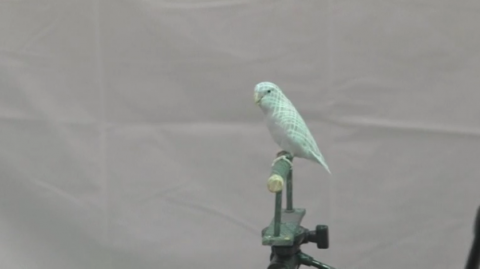
CALIFORNIA, United States (Reuters) — Researchers at California’s Stanford University are studying how birds morph their wings during flight in the hopes of engineering more versatile drones in the future.
The scientists use a projector to beam patterns of overlapping light on the bird, a parrotlet. A camera, synced with the projector, then records its flight. Using a set of algorithms, the researchers can then create a 3D reconstruction of the bird’s movement.
Already the tests have revealed remarkable information involving a bird’s angle of attack – its wing angle upon take off.
“In most normal aircraft, the angle of attack is about 10 degrees. But birds actually on takeoff use about 50 or 60 degrees angle of attack which is quite surprising because it seems like it’s kind of inefficient,” said researcher Marc Deetjen.
“It’s just mind boggling,” added Stanford Assistant Professor of Mechanical Engineering David Lentink. “In the beginning it did not make much sense to us, but then we realized, oh wait they are switching the role of lift and drag here. Now drag, all of sudden, it’s helping to support body weight and lift is rotated forward to propel the bird to generate trust.”
Scientists hope their discovery will one day transform the takeoff of small flying machines, like drones.








